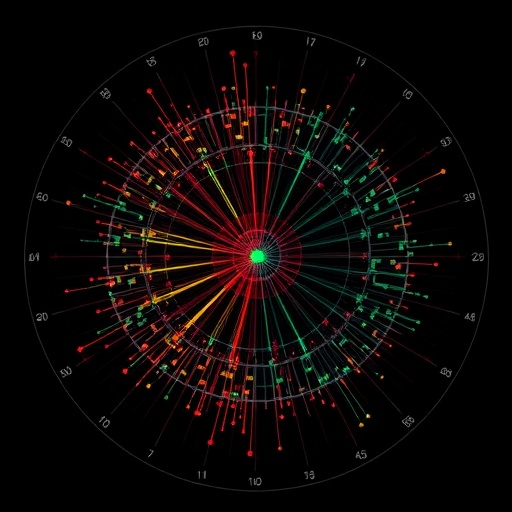
Credit: World Scientific
Waves are ubiquitous in nature, allowing us to see, hear and observe. Because of such pervasiveness, the need to study how waves work proves to be an important one Nonlinear Waves in Bounded Media concentrates on three common wave types that most people have some familiarity with: sound waves, water waves and elastic waves. It is the first book to systematically address propagation and reflection of nonlinear hyperbolic and dispersive waves in bounded and stratified media. Acoustic oscillations in shaped resonators and the sloshing of fluids in tanks are the main physical problems examined in detail.
Nonlinear Waves in Bounded Media proceeds in easy stages; first considering linear problems that build the required background to deal with nonlinear forced and unforced wave problems. Nonlinear unidirectional waves are then introduced through exact solutions describing kinematic and simple waves–examples that inherently contain shock waves. Then approximate methods for unidirectional nonlinear waves in systems with stratification or geometric nonuniformities are considered. Exact solutions are not available, so expansion techniques like nonlinear geometric acoustics and multi-scale methods are developed.
Nonlinear Waves in Bounded Media ultimately deals with nonlinear waves in a bounded domain so that the waves reflect from boundaries and hence pass through each other. In linear theory, solutions can be superposed and hence the waves travel without interaction. However, for a fully nonlinear theory, hyperbolic waves interact and distort. The fundamental difficulty lies in the nonlinear interactions of the oppositely travelling waves.
Later chapters describe resonant oscillations with continuous outputs using very different perturbation methods. Acoustic resonators with certain nonuniform shapes can produce a continuous output for all input frequencies when energy is not lost in shocks. A practical example is resonant macrosonic synthesis that is used to produce high pressure, but shockless, acoustic outputs. A second more complicated example is resonant sloshing of water in a shallow tank. In this case the frequency dispersion balances the nonlinearity to give a continuous response.
This book is suitable for advanced undergraduate and graduate students, researchers and practitioners in the field of acoustics, fluid mechanics and applied physics.
This book retails for US$138 / £115 (hardback) at major bookstores. To know more about the book visit http://www.worldscientific.com/worldscibooks/10.1142/9991.
###
About the Authors
Michael Mortell and Brian Seymour have authored many articles in the area of nonlinear waves over the last forty-five years. Nonlinear Waves in Bounded Media is in part a synopsis of this work.
Michael Mortell is Emeritus Professor in the School of Mathematical Sciences at University College Cork, Ireland. He obtained his doctorate at the California Institute of Technology, USA. His work has been in the area of nonlinear waves with the emphasis on resonant oscillations in gases and fluids. He served as President of University College Cork for ten years, before returning to a Personal Chair in Applied Mathematics.
Brian Seymour is Emeritus Professor of Mathematical at the University of British Columbia, Vancouver, Canada. He obtained his doctorate in Theoretical Mechanics at the University of Nottingham, UK. His work is in the areas of acoustics, coastal engineering and fluid mechanics, see http://www.math.ubc.ca/~seymour/. He served as Director of the Institute of Applied Mathematics at the University of British Columbia for seven years.
About World Scientific Publishing Co.
World Scientific Publishing is a leading independent publisher of books and journals for the scholarly, research, professional and educational communities. The company publishes about 600 books annually and about 130 journals in various fields. World Scientific collaborates with prestigious organizations like the Nobel Foundation, US National Academies Press, amongst others, to bring high quality academic and professional content to researchers and academics worldwide. To find out more about World Scientific, please visit http://www.worldscientific.com.
For more information, contact Amanda Yun at [email protected]
Media Contact
Amanda Yun
[email protected]
@worldscientific
http://www.worldscientific.com
############
Story Source: Materials provided by Scienmag





